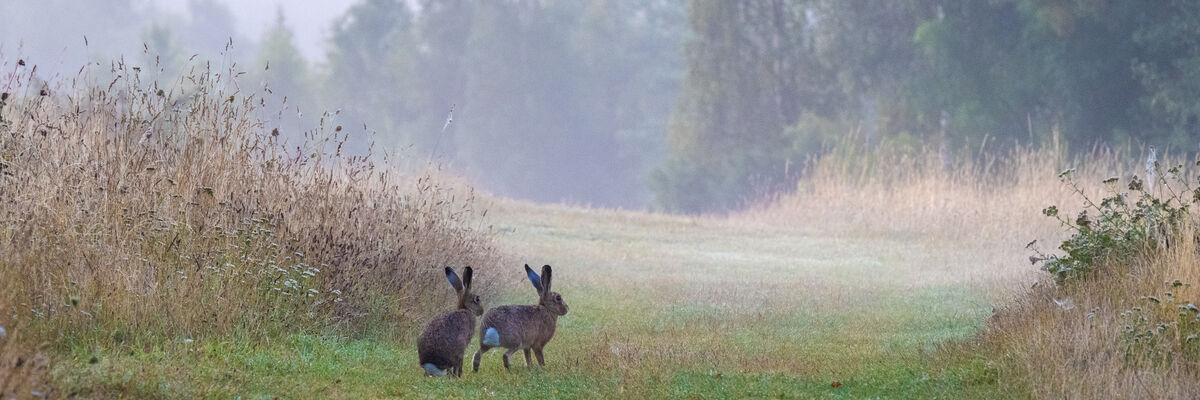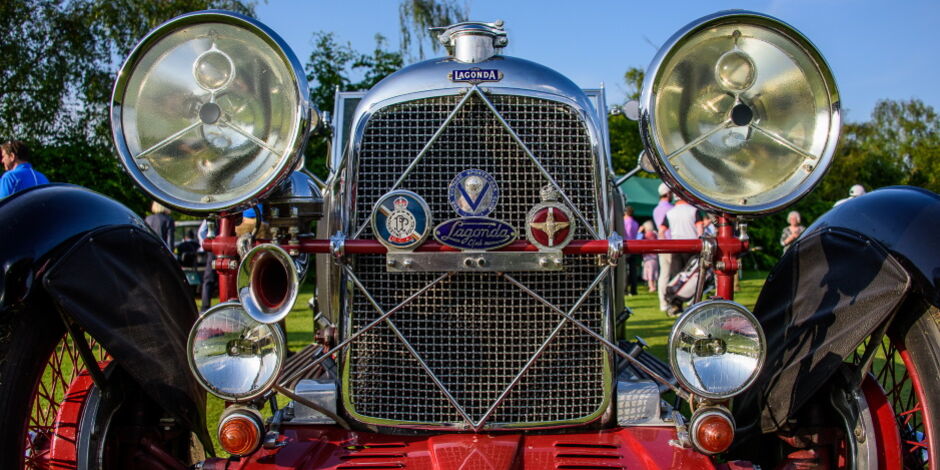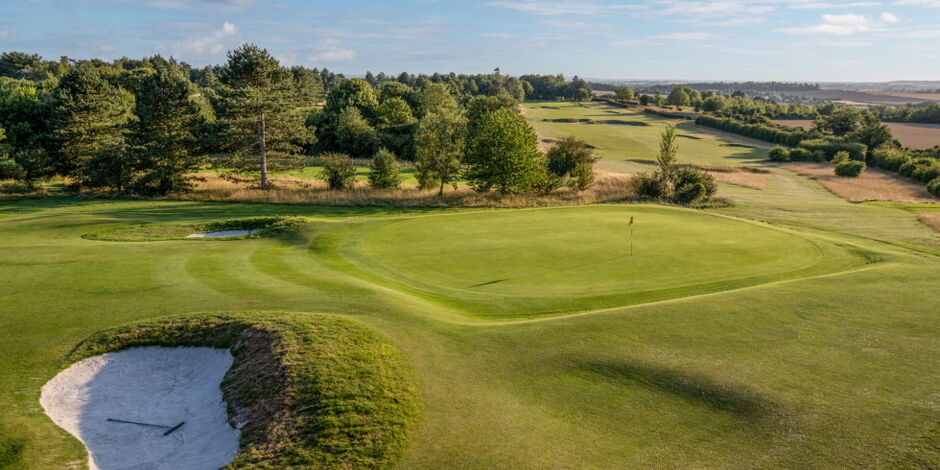Site of Special Scientific Interest
The site contains many typical chalk grassland wildflowers as well as a few rarities such as Perennial Flax and Moon Carrot.
The Old Course and holes 1, 2, 3, 15, 16, 17 and 18 of the Wandlebury Course are designated as a Site of Special Scientific Interest. This designation is in order to protect the now relatively rare chalk grassland habitat.
Perennial Flax has been known to inhabit this site since the Middle Ages and can be seen as swathes of blue in the roughs during July, August and September. Moon Carrot is nationally rare and the course supports a very small population to the right of the Old Course 2nd green. The site also has significant areas of Kidney Vetch which is the host plant for the seriously endangered Small Blue butterfly. These are just a few examples of the importance of the site as a rare habitat.
The Club has adopted a Wildlife Enhancement Scheme which sets out the management programmes necessary to protect, enhance and extend the chalk grassland habitat. Our objectives are to increase the spread of wildflowers and protect the particularly rare species. This in turn will enhance invertebrate populations such as the butterflies, moths and the now threatened Bumble Bee. We are also trying to increase populations of the ground-nesting bird species of the chalk grasslands, in particular the Meadow Pipit, Partridge and Skylark, through timed mowing regimes. Amongst the many mammals we support, the Hare is noticeably increasing in number.
Extract from a review of the site by English Nature (now Natural England):
"We hope that our commitment to sustainable and environmentally friendly course management will add to your appreciation and enjoyment of golf at the Gogs."










